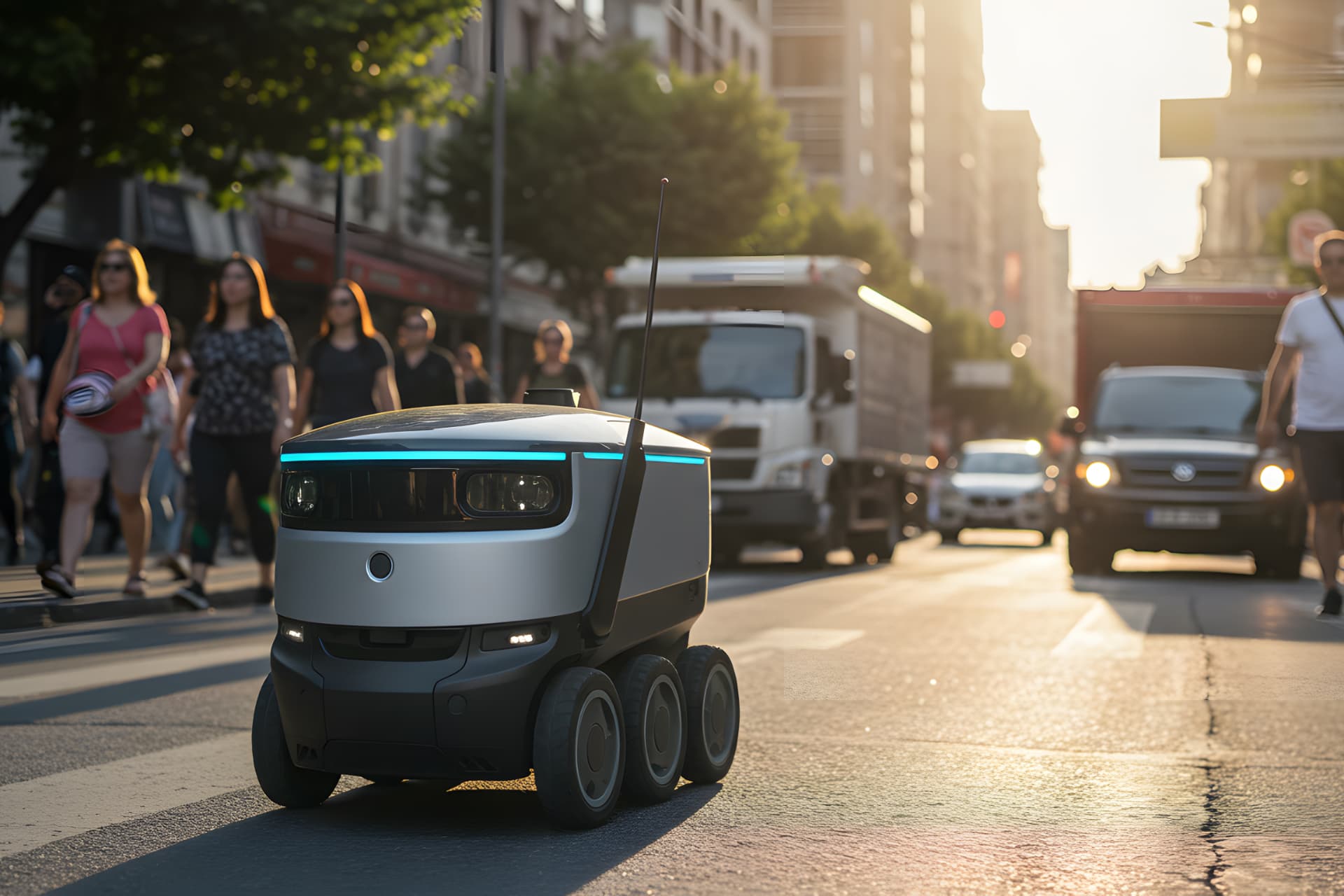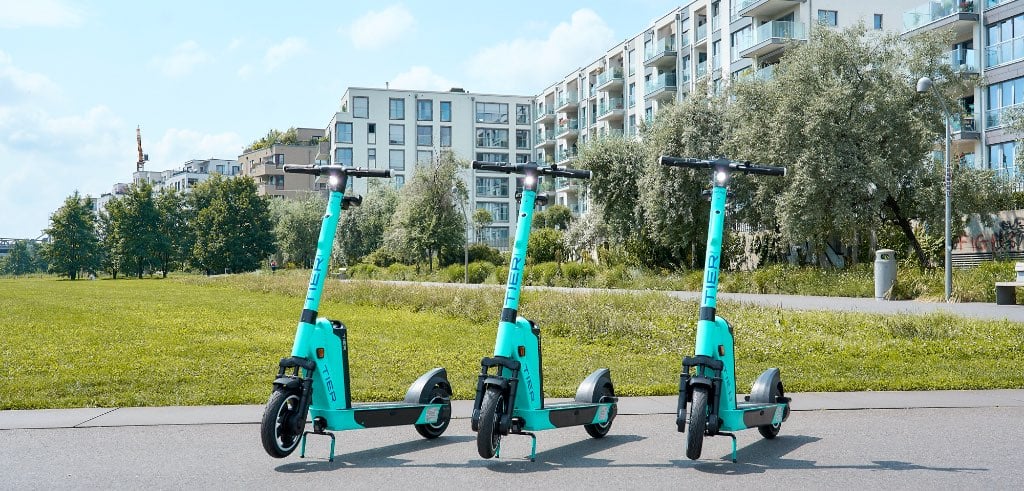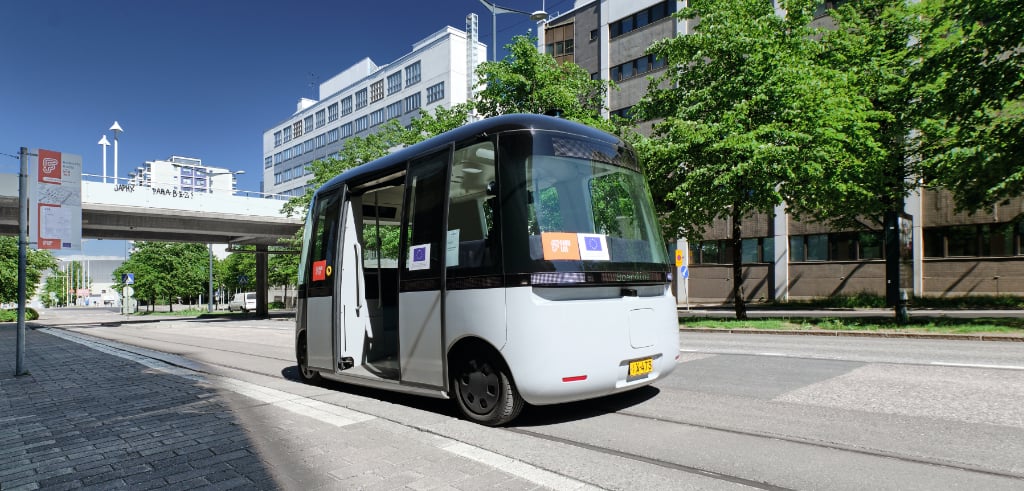Ramboll have co-ordinated studies on the impacts of teleworking and new transport services on greenhouse gas emissions as the part of the implementation of the Roadmap for Fossil-Free Transport, the aim of which is to help achieve the Finnish government’s pledge to halve greenhouse gas emissions from domestic transport by 2030.
The studies, part of the implementation of the Roadmap for Fossil-Free Transport, were completed under the co-ordination of the Ministry of Transport and Communications. According to the studies, teleworking could, on an annual basis, reduce emissions by up to 0.125 megatonnes and transport services by 0.080 megatonnes by 2030. The results obtained in the various studies partly overlap, so the combined CO2 reduction potential of teleworking and transport services is not necessarily the sum of these results.
The impact of telework on emissions is moderate
According to the study, the impact of telework on greenhouse gas emissions from transport is moderate. Owing to the increase in teleworking, CO2 emissions from passenger cars would decrease by a maximum of about 0.125 megatonnes per year by 2030. In the longer term, the lower emissions from the car stock will reduce the impact of telework. By 2045, the increased teleworking could at best achieve an emission reduction of about 0.082 megatonnes. According to this forecast, the number of teleworkers will be 577,000 in 2030 and 582,000 in 2045.
In 2019, there were about 357,000 teleworkers in Finland. During the coronavirus pandemic in 2020, the number of teleworkers rose to approximately 790,000. This number is estimated to be the maximum achievable figure with the current regional and employment structures. According to the study, teleworking is becoming more common independent of the encouragement from the central or local government.
Services leading to lower car ownership reduce emissions
According to the study, the emission reduction potential of transport services in 2030 will be relatively small, approximately 0.080 megatonnes. For the purposes of this study, transport services were defined as services for sharing and renting cars and other vehicles, as well as taxis and public transport. Further in the future, the emission reduction could be significantly higher by 2045, up to as much as 0.580 megatonnes.
The main explanation for the reduction in emissions is the reduction in car ownership. In the long run, autonomous transport and the widespread use of demand-responsive transport will also reduce emissions. If the proportion of e-vehicles used in transport services grows faster than car ownership, the greater use of transport services could reduce greenhouse gas emissions from transport even more than the above estimates suggest.
– Challenges to the study were brought about by the fact that data related to new transport services are not yet sufficiently available for modeling purposes. Due to this, changes in car-ownership, for example, could not be modeled, says Teemu Sihvola from Ramboll.
– The project was interesting, and we were able to utilize Ramboll’s extensive experience in using the national traffic model, as well as an understanding of the forms and effects of new mobility service. There will certainly be a need for methodologies used and developed in the project in the future, as the transport servitization will gain momentum in one form or another.
Picture credit: Ramboll
More info












